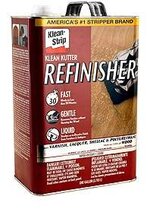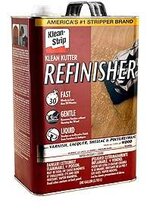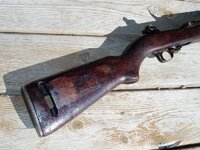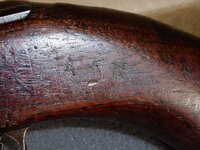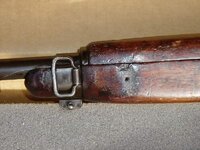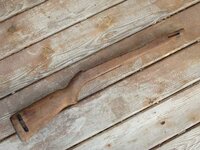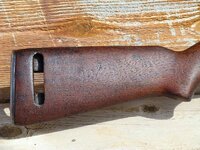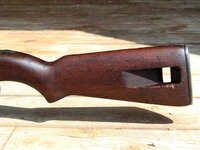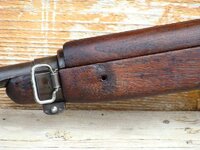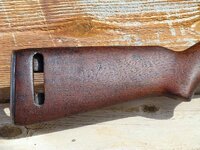Bronze Supporter
- Messages
- 358
- Reactions
- 314
Hey guys, thought I would ask, what is your favorite way to strip varnish off a rifle stock, the rifle in question is CMP M1 Garand that has had the stock varnished by the previous owner, it looks nice but I want to return it to the BLO look, any hints greatly appreciated, by the way the stock is a Boyds replacement so no worries on damaging a original issue stock. thanks.Scott







